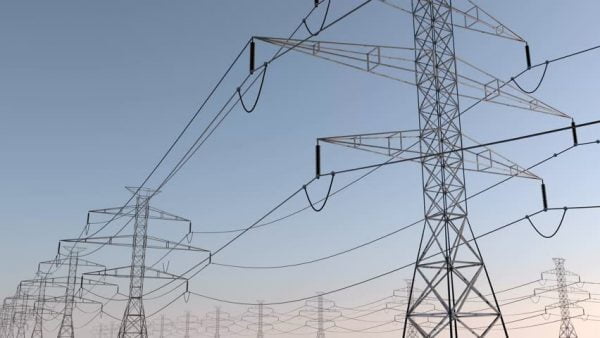Muzarabani to fuel 500MW station

Invictus Energy of Australia has lined up a second potential customer for Muzarabani natural gas, this time to fuel a 500 megawatt power station, should the test well scheduled to be drilled next year find commercially exploitable reserves of oil and gas.
The non-binding memorandum of understanding with Tatanga Energy (Private) Limited, a local firm, follows a similar deal with Sable Chemical Industries to buy 13 billion cubic feet of gas per year for their chemical and fertiliser business.
The MoU announced yesterday is to develop a 500MW gas-fuelled power station in two stages of 150MW and 350MW, with an eventual supply of up to 36,5 billion cubic feet of gas per year for the next 20 years.
The power station site would be determined by the plans for gas pipelines and the need to connect it to the Zimbabwean grid and the Southern Africa Power Pool.
The electricity would be sold to Zesa at an agreed price or sold directly to mines and other large consumers in Zimbabwe or in the rest of Southern Africa through the power pool.
The power station would absorb over the 20 years only around eight percent of the potential gas reserves if the latest estimates are correct.
Both the Sable and Tatanga deals show the development of potential gas markets in the quarter-century since Mobil did the original exploration and generated the data that Invictus has been processing with more advanced methods.
Mobil did not pursue its gas exploration because at that time there was little market for gas.
The natural gas likely to be found when the test well is drilled can be exploited far quicker and could be refined into liquid fuels. Natural gas can be fed directly into a power station without further refining.
Gas power stations, being basically modified jet engines driving generators, can be erected very quickly in a matter of months since the civil engineering works are simple, a secure base and a roof to keep the rain off.
Gas stations use readily available off-the-shelf technology and are very flexible with turbine generator units being on grid within a few minutes of being switched on.
Liquid fuels require more complex pipelines and an expensive refinery to separate out the fractions of the major fuels of petrol, diesel and kerosene.
This will take longer and could well require that cash flows are already being generated by the more easily exploitable natural gas.
The Herald


